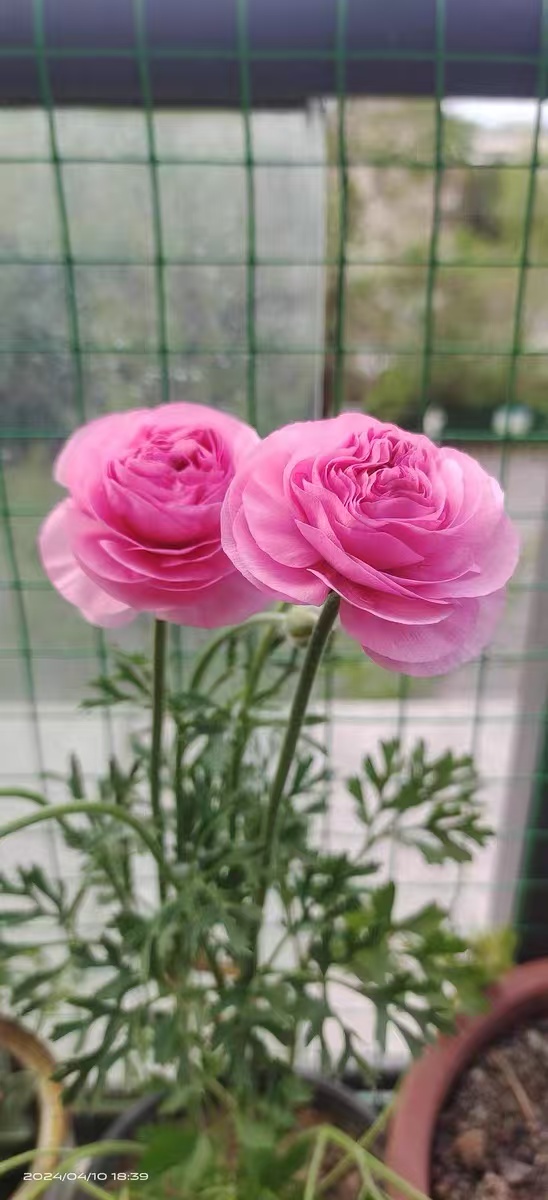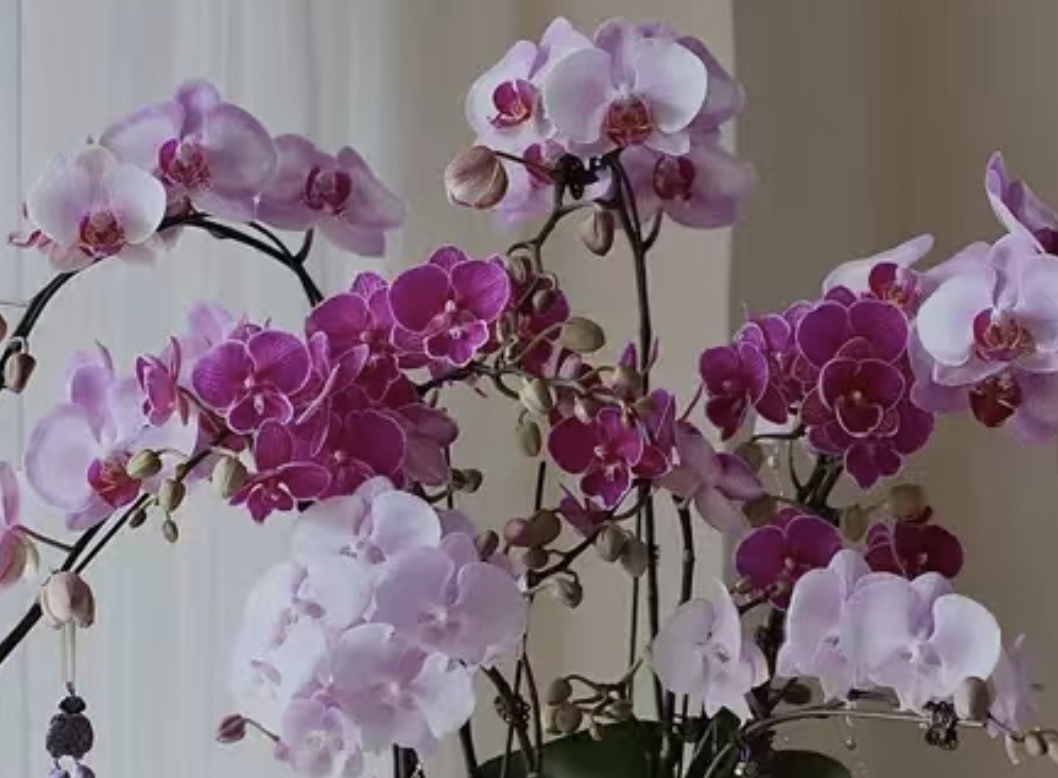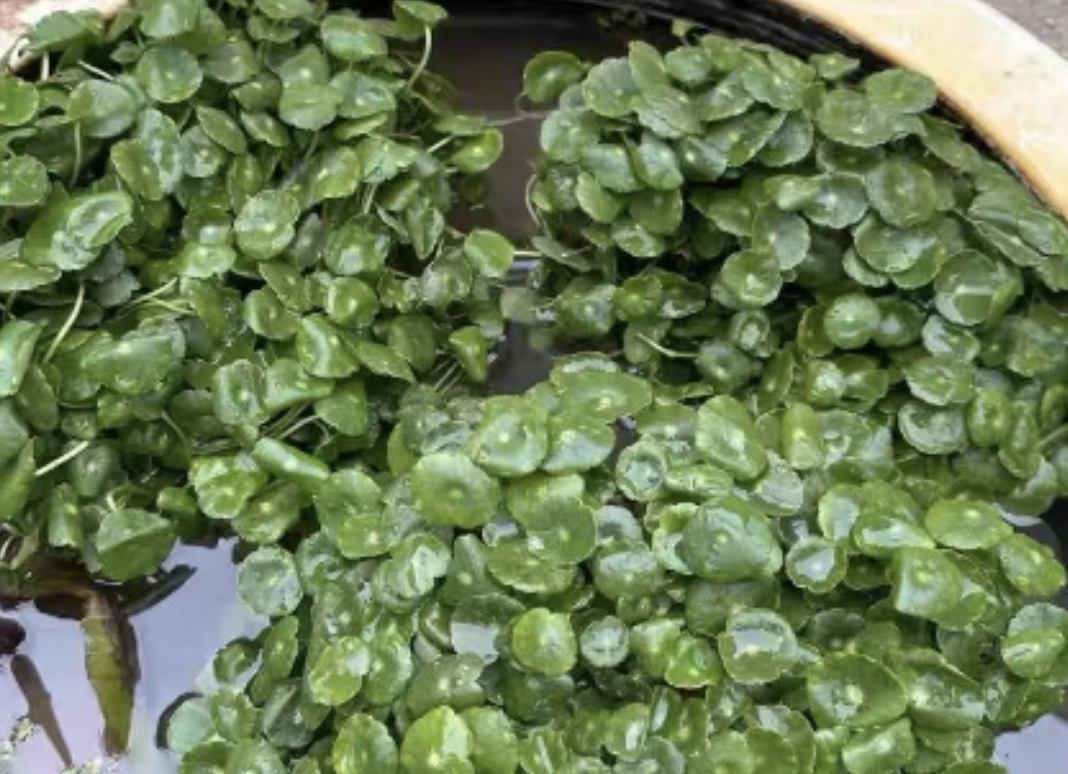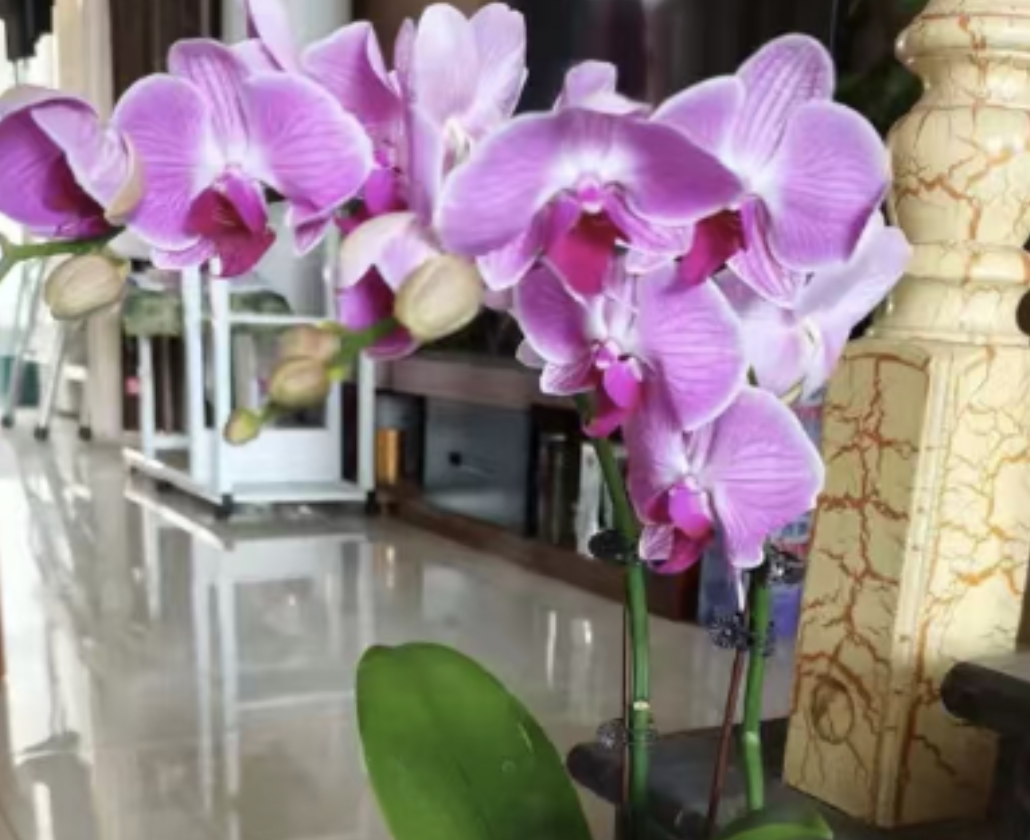As a beautiful flower, the choice of planting time and method of Ranunculus asiaticus is directly related to its growth condition and flowering quality. This article will introduce in detail the best planting time of Ranunculus asiaticus as well as the specific methods and precautions for planting its bulbs, helping you easily cultivate healthy and beautiful Ranunculus asiaticus.
The Best Planting Time of Ranunculus asiaticus
Ranunculus asiaticus prefers a cool environment, and suitable temperature and soil conditions are crucial for its growth and development. Therefore, the best time to plant Ranunculus asiaticus is mostly in autumn, specifically from September to November. During this period, the temperature is relatively mild, which is beneficial to the germination of bulbs and the growth of plants. If planted in September when the temperature is relatively high, Ranunculus asiaticus can bloom earlier. In addition, if the division method is chosen for propagation, it is also recommended to be carried out from September to October, with a relatively high survival rate at this time.
The Planting Method of Ranunculus asiaticus Bulbs
Ranunculus asiaticus likes loose, fertile, and well-drained sandy soil or neutral to slightly alkaline soil. When potting at home, garden soil, leaf mold, perlite or fine sand can be mixed in a ratio of 4:2:1, and an appropriate amount of decomposed soybean cake or bone meal can be added as base fertilizer.
Before planting, the bulbs of Ranunculus asiaticus need to be treated with low-temperature hydration. The bulbs can be placed in a clean and moist medium (such as perlite, river sand, water moss), and then put in the refrigerator with the temperature controlled between 8°C and 10°C for 15 to 30 days, so that the bulbs can fully absorb water and swell.
After taking the bulbs out of the refrigerator, drain the excess water.
Allocate the number of bulbs reasonably according to the size of the flower pot to ensure that there is enough growth space between plants.
Plant the bulbs in the soil with the claws down and the top of the bulb up, and the top of the bulb should be exposed above the soil surface to avoid excessive soil covering.
• Immediately water along the edge of the pot after planting to ensure that the soil is moist but avoid waterlogging. Then keep the soil moderately wet and dry, avoiding excessive drought or waterlogging.
Subsequent Management
Ranunculus asiaticus prefers a semi-shaded environment and is not tolerant of strong light. In winter, it should be given sufficient light, while in spring, it should be moderately shaded and ventilation should be strengthened. Ranunculus asiaticus likes a cool environment, with the optimal growth temperature during the day being 15 to 20°C and at night being 7 to 8°C. Avoid excessive or too low temperatures and large temperature differences between day and night.
Keep the soil moist but avoid waterlogging. In the later stage of growth, it is necessary to avoid excessive drought to prevent Ranunculus asiaticus from entering a forced dormancy state.
Apply sufficient base fertilizer before planting, and start top-dressing when the plant grows significantly or new leaves appear after transplantation to promote the growth of the plant.
Precautions
Avoid High-Temperature Planting: Before September, the temperatures in both the north and the south are generally high, and planting too early is likely to cause bulb rot. Therefore, please be sure to plant under suitable temperature conditions.
Low-Temperature Hydration Treatment: The bulbs need to be treated with low-temperature hydration before planting to improve the germination rate and survival rate. Please operate according to the above methods.
Reasonable Watering: Ranunculus asiaticus likes moisture but is afraid of waterlogging, so when watering, attention should be paid to balance to avoid the soil being too dry or too wet.
Pest and Disease Control: Regularly check the health status of the plant, timely prevent and control pests and diseases to keep the plant growing healthily.
By following the above steps and precautions, you will be able to successfully plant healthy and beautiful Ranunculus asiaticus. May you enjoy the fun and sense of accomplishment in the process of flower cultivation!
When is the Best Time to Plant Ranunculus asiaticus?

Share with
Tagged in :




Leave a Reply